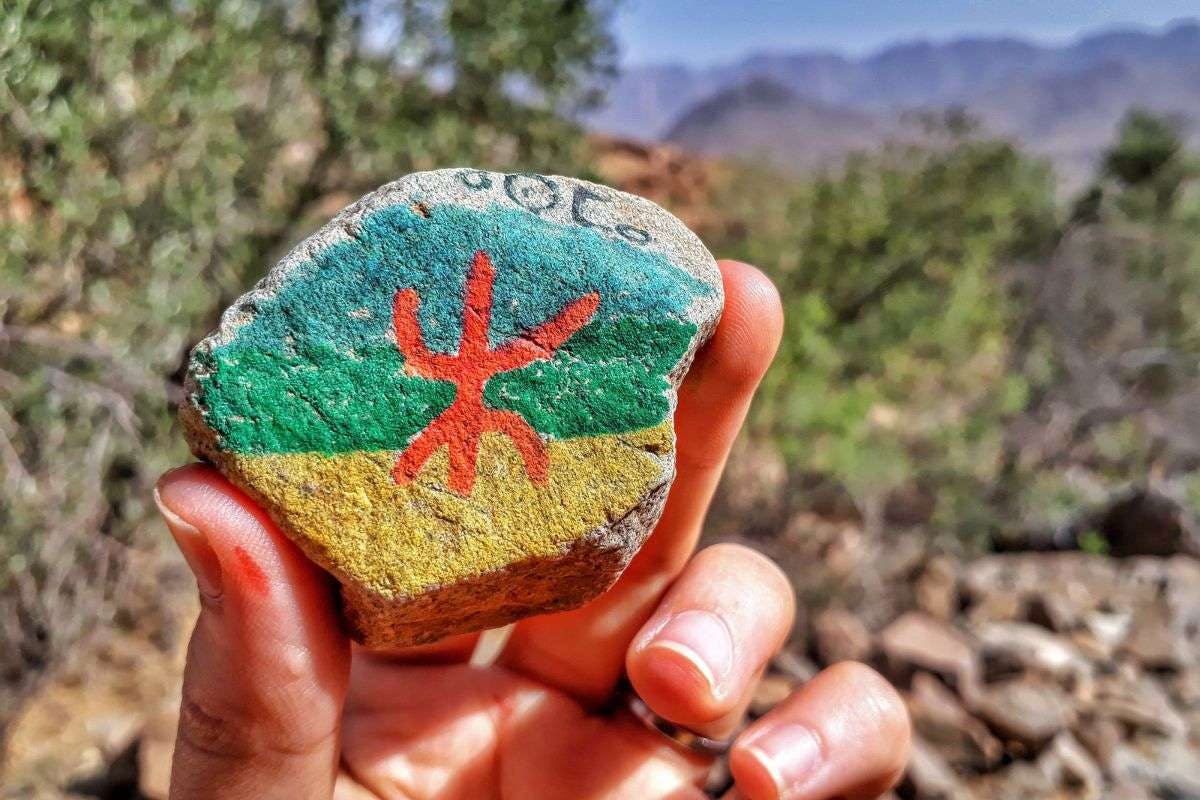
Amazigh New Year – A Berber Agricultural Celebration
If you’re in Morocco in January, why not celebrate the Amazigh New Year with the locals? This yearly agricultural holiday is pure joy!
Amazigh New Year – A Berber Agricultural Celebration
Wintertime is a special time to visit Morocco. The weather is cold and snowy in the Middle and High Atlas Mountains and remarkably mild in other areas. December and January are two of the coldest and rainiest months of the year. But for those who prefer chilly weather to the hot summer sun, it is an optimum time to visit North Africa. And it can be a great place to spend Christmas and New Year, especially if you are looking for an escape from the real world for a while. However, for a more traditional Moroccan holiday experience, you should stick around for the Amazigh New Year on January 12th.
An Agricultural Celebration
Amazigh New Year, also known as Yennayer, marks the first day of the Berber (or Amazigh) agricultural year. It corresponds to the first day of January in the Julian Calendar, rather than the Gregorian calendar we are more familiar with. 2020 marks the Berber Year 2970. The Berber people sometimes refer to the holiday as “Id Suggas” which means “night of the year.” And the Arab communities call it “Haguza”, meaning “Agrarian Year”.
The Berber people celebrate Yennayer in Morocco, Libya, Tunisia, and parts of Egypt. The Algerian government recognizes it as a national holiday. In Morocco, many people are working to see Yennayer honored as a national holiday there, as well.
A Time of Celebrating Rites of Passage
As an agricultural holiday, Yennayer is all about celebrating life. Like the New Year’s that most people are familiar with, it is a time when people make wishes for longevity, prosperity, and the future. It is an auspicious day for weddings and other important life events. Children go through important rites of passage on Yennayer. Boys may receive their first haircuts. And parents send children out for fruits and vegetables.
Traditional Food for the Amazigh New Year
Food is a huge part of the celebration and there are several dishes traditionally served on this special day. Orkimen is a thick soup made with dry fava beans and wheat. Couscous is another traditional food, and on Yennayer, it is specially prepared with seven vegetables. And Tagola is a meal of corn kernels prepared with butter, ghee, argan oil, and honey. A seed of a date or a piece of almond may be hidden in either the Tagola or the Couscous. Whoever finds the seed or nut is believed to be blessed throughout the year. In some families, this person is also trusted with the keys to the storage room for the year, as well.
Make a Joyful Noise
Yennayer is also celebrated with music and dance – such as the Ahwach and the Ahidous dances. There are often educational activities, too, for people wanting to learn more.
If you are hoping to participate in Yennayer during your Moroccan visit, there are celebrations all over the country. The staff at your hotel or riad may be able to direct you to a local celebration. And if you are taking a tour of Morocco during Yennayer, your tour guide can help you find your way, as well. And we here at AST want to help you experience the Moroccan tour of your dreams. Whether you want to see the sights in Marrakech, take a camel ride in the desert, or celebrate Yennayer with the locals, get in touch with us soon. We would love to make sure you have the time of your life on your North African vacation!